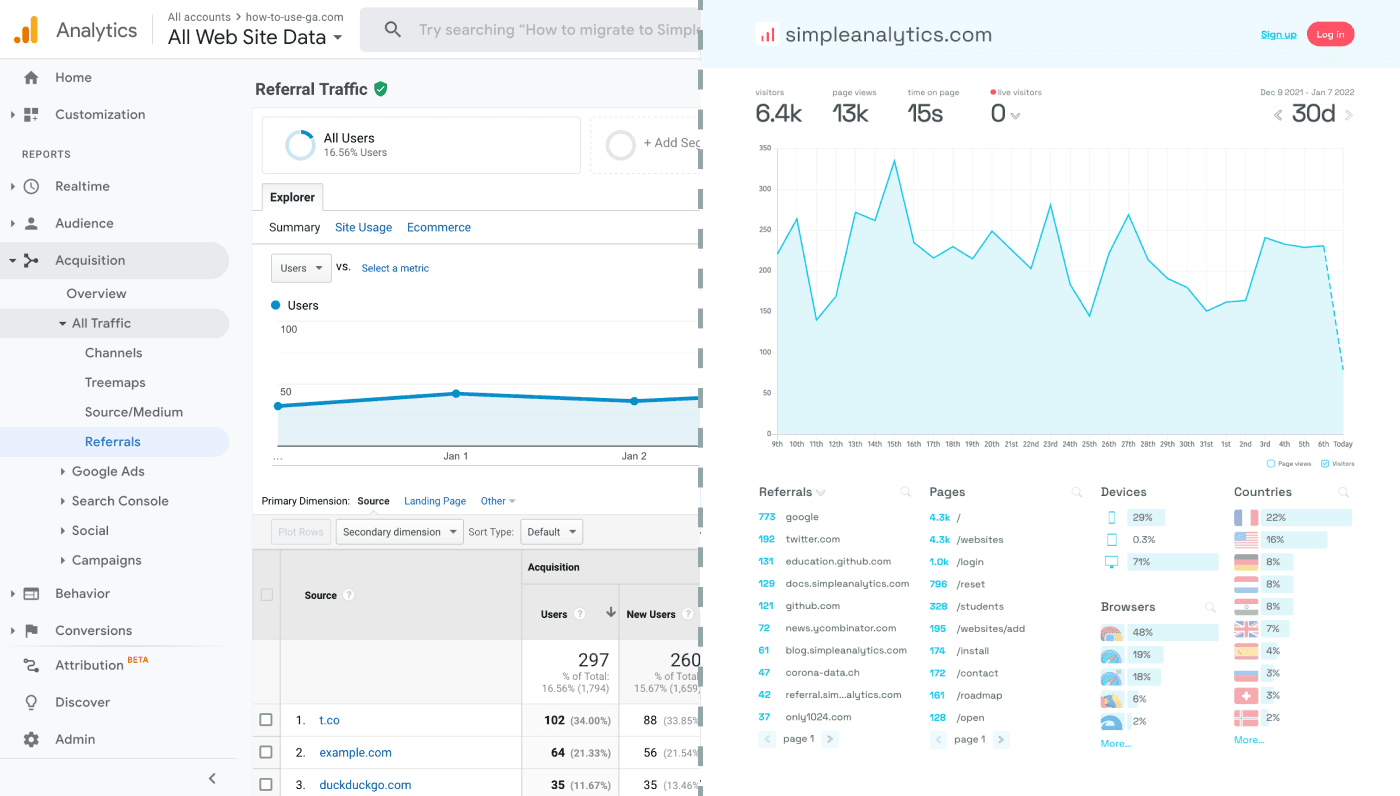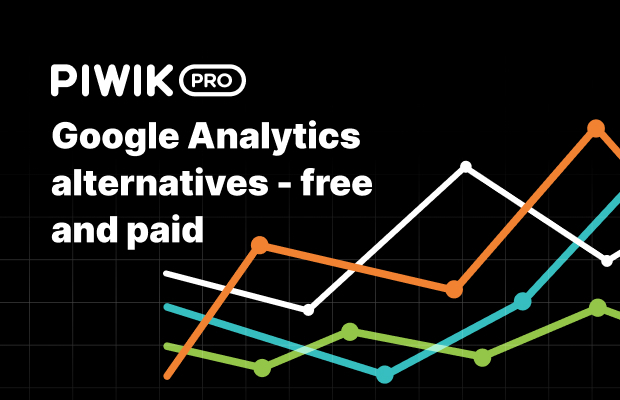When Does the Google Analytics Tracking Code Send an Event Hit to Analytics? Timing and Best Practices Explained
When Does the Google Analytics Tracking Code Send an Event Hit to Analytics? Timing and Best Practices Explained
Blog Article
Master Internet Site Insights With Accurate Google Analytics Monitoring Code
The efficient utilization of Google Analytics pivots on the specific implementation of its monitoring code, a fundamental step commonly neglected by website owners. What are the usual risks that could undermine your monitoring efforts, and just how can you guarantee precision in your approach?
Understanding Google Analytics Essentials
Google Analytics is a vital tool for site proprietors and online marketers, giving indispensable insights into individual habits and web site performance. At its core, Google Analytics collects information concerning visitors to a web site, permitting individuals to analyze metrics such as web traffic resources, user interaction, and conversion prices. Understanding these basics is critical for enhancing an internet site's effectiveness and enhancing individual experience.
The platform uses cookies to track interactions, videotaping data such as page views, session periods, and bounce prices. This info is accumulated and presented with customizable dashboards, allowing individuals to imagine fads in time. Key performance signs (KPIs) can be checked, such as the total variety of users, new versus returning visitors, and the geographical circulation of the target market.
In Addition, Google Analytics offers segmentation functions, permitting individuals to isolate certain website traffic resources or customer demographics for more targeted evaluation. By understanding these fundamental components, internet site owners can make informed decisions about material approach, advertising campaigns, and total website renovations. Inevitably, comprehending Google Analytics fundamentals is vital for leveraging information to drive growth and accomplish service goals properly.
Establishing Your Tracking Code

Replicate the given monitoring code and paste it into the HTML of your site. Ideally, this code needs to be placed in the header section of every web page you wish to track. This makes certain that the tracking code tons before any type of other web content, permitting it to capture data precisely. There are plugins offered that streamline the combination procedure. if you are using a content management system (CMS) like WordPress.
After setup, verify that the tracking code is operating appropriately by utilizing Google Tag Aide or the Real-Time records in Google Analytics - when does the google analytics tracking code send an event hit to analytics?. This step is important to verify that your information collection is energetic and exact, setting the structure for insightful analysis
Common Tracking Code Issues
This might occur when the tracking code is positioned in the wrong section of the website's HTML, often leading to incomplete or absent data. Additionally, having multiple instances of the tracking code on a single page can result in inflated metrics, as individual communications might be counted a lot more than as soon as.
Another issue occurs from making use of ad blockers, which can protect against the monitoring code from performing completely, therefore skewing information. when does the google analytics tracking code send an event hit to analytics?. Furthermore, failing to set up filters properly can bring about the exclusion of vital website traffic YOURURL.com sources or the addition of undesirable recommendation spam, misshaping the information collected
Site owners may likewise neglect the relevance of tracking code updates, specifically when moving to Google Analytics 4 (GA4) from Universal Analytics. Lastly, not enough screening before launching modifications can lead to unnoticed mistakes in the monitoring code, additionally making complex data integrity. Resolving these usual concerns is crucial for guaranteeing precise tracking and informative analytics.
Analyzing Website Information Properly
Precise data collection is only the very first step in leveraging Google Analytics; the actual worth depends on successfully assessing that information to drive informed decision-making. To accomplish this, it is necessary to determine essential performance signs (KPIs) that align with your organization objectives. Concentrate on metrics such as conversion prices, individual engagement, and website traffic resources, as these will certainly supply insights right into individual habits and the overall efficiency of your website.
Making Use Of Google Analytics' division functions enables a much deeper understanding of your target market. By breaking down information right into particular demographics, behaviors, and website traffic channels, you can reveal patterns and patterns that inform targeted approaches. Implementing custom-made reports and control panels can improve this procedure, browse around this site allowing quick access to relevant information.
Moreover, consistently evaluating information trends over time aids to identify abnormalities and possibilities for enhancement. Utilize visualization tools to existing information in an easily absorbable style, facilitating a lot more reliable communication with stakeholders. Inevitably, the ability to evaluate website information effectively equips services to make strategic choices that boost customer experience, optimize advertising and marketing efforts, and drive growth.

Finest Practices for Accurate Monitoring
Applying efficient monitoring techniques is critical for acquiring reputable data in Google Analytics. To guarantee accurate monitoring, begin by appropriately installing the Google Analytics tracking code on every page of your site. This can be accomplished via a tag manager or by directly installing the code into the HTML.
Following, configure your Google Analytics account to exclude interior website traffic. This can be done by setting up filters that recognize and get rid of visits from your organization's IP address, therefore stopping manipulated information. In addition, utilize event tracking to monitor certain customer communications, such as downloads or video clip plays, which typical page views may forget.
On a regular basis audit your tracking configuration to verify that all features, such as goals and ecommerce monitoring, are operating properly. Develop a consistent identifying convention for your occasions and projects to promote much easier coverage and evaluation.
Last but not least, take into consideration leveraging UTM specifications for campaigns to obtain understandings right into the efficiency of various marketing efforts. By following these best practices, you can improve the precision of your information collection and analysis, eventually bring about more informed decision-making for your website.
Verdict
By guaranteeing the monitoring code is properly put and routinely examined, web site owners can capture essential individual communication data, therefore helping with the recognition of essential efficiency indications. Ultimately, a robust tracking framework improves the capability to drive interaction and boost overall web site performance.

Not enough screening prior to releasing modifications can result in unnoticed errors in the monitoring code, additionally complicating data integrity.Carrying out efficient monitoring techniques is vital for getting reliable information in Google Analytics. By guaranteeing the tracking code is correctly positioned and on a regular basis audited, website owners can capture important individual communication information, therefore helping with the identification of vital efficiency signs.
Report this page